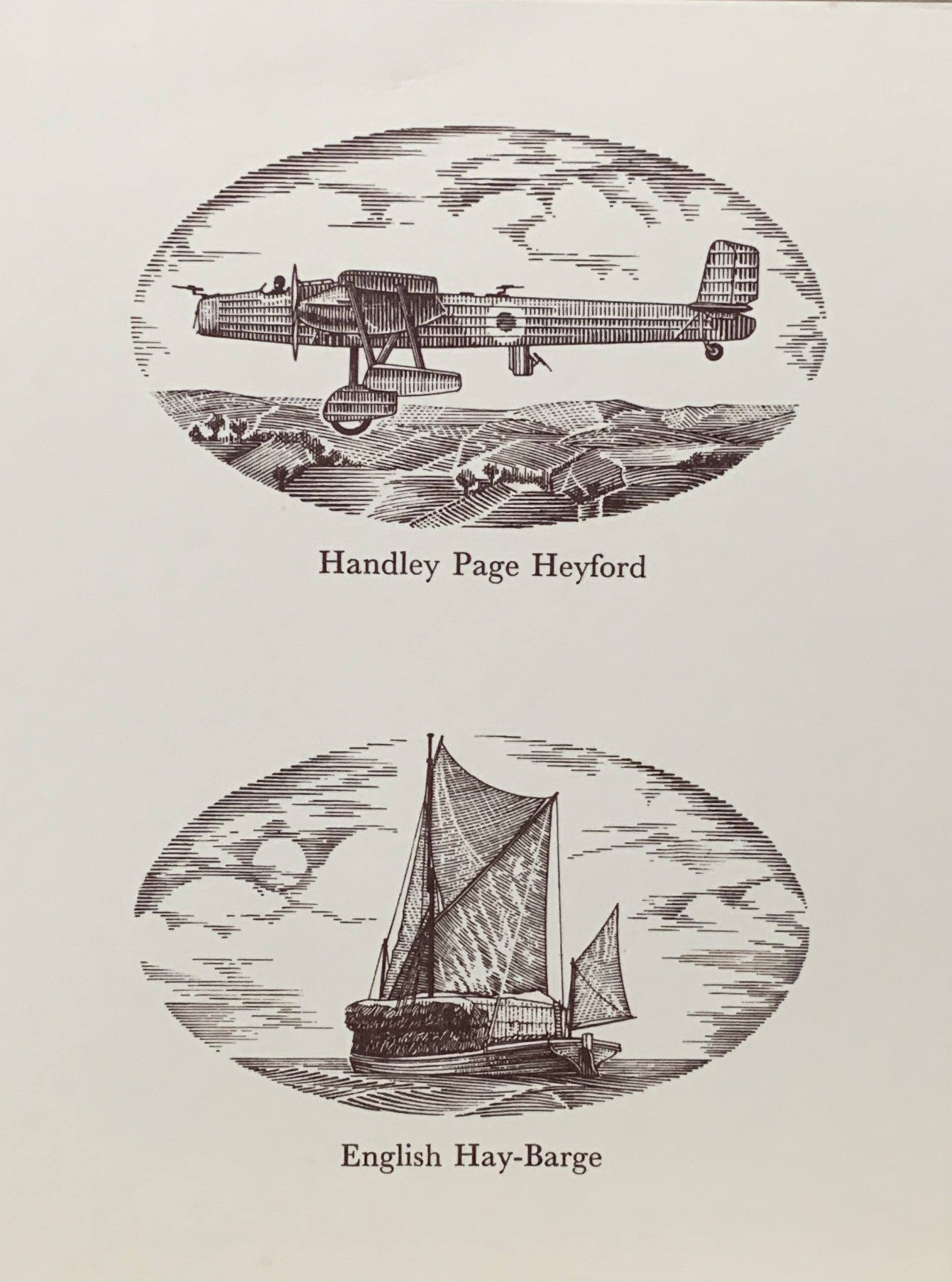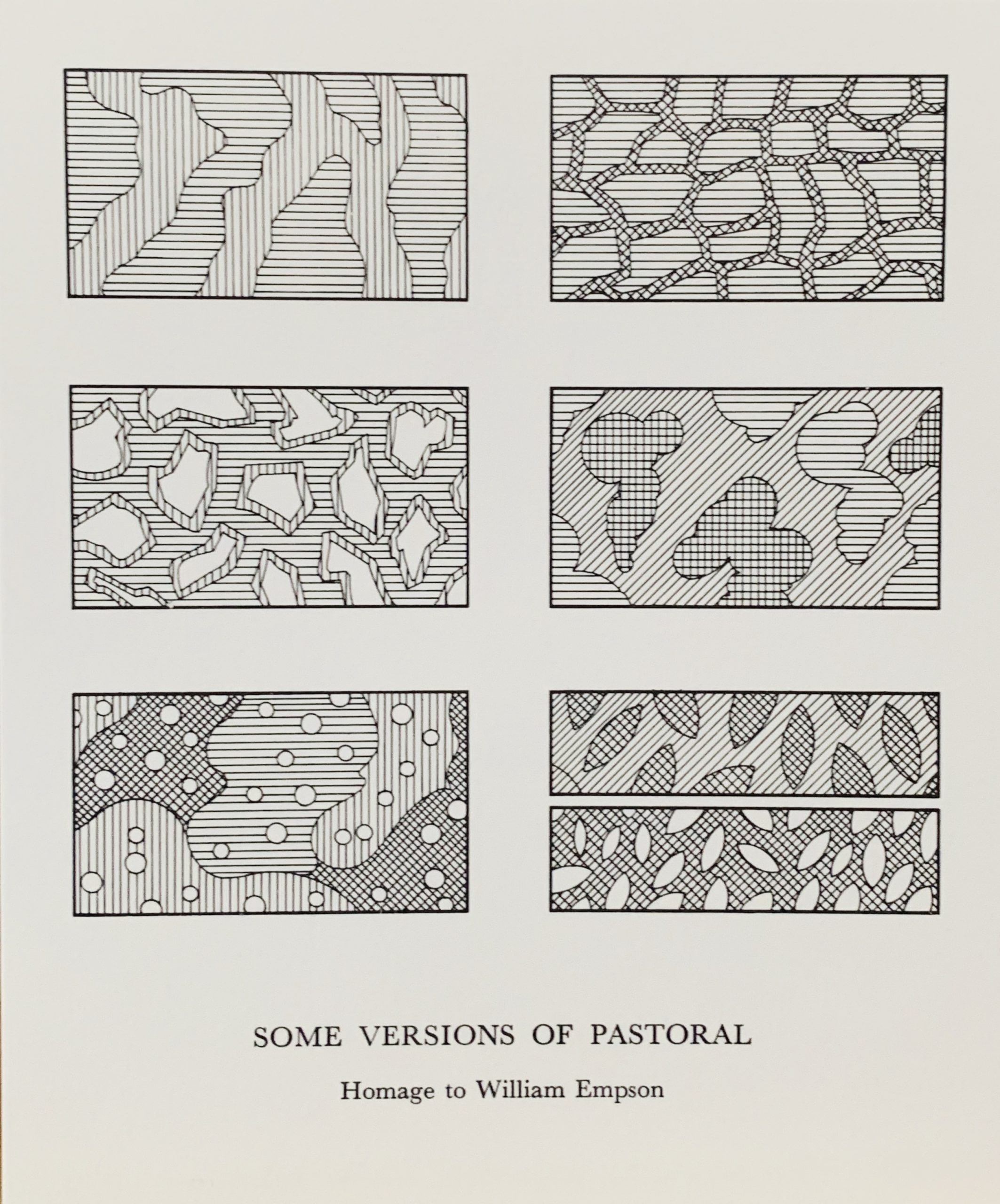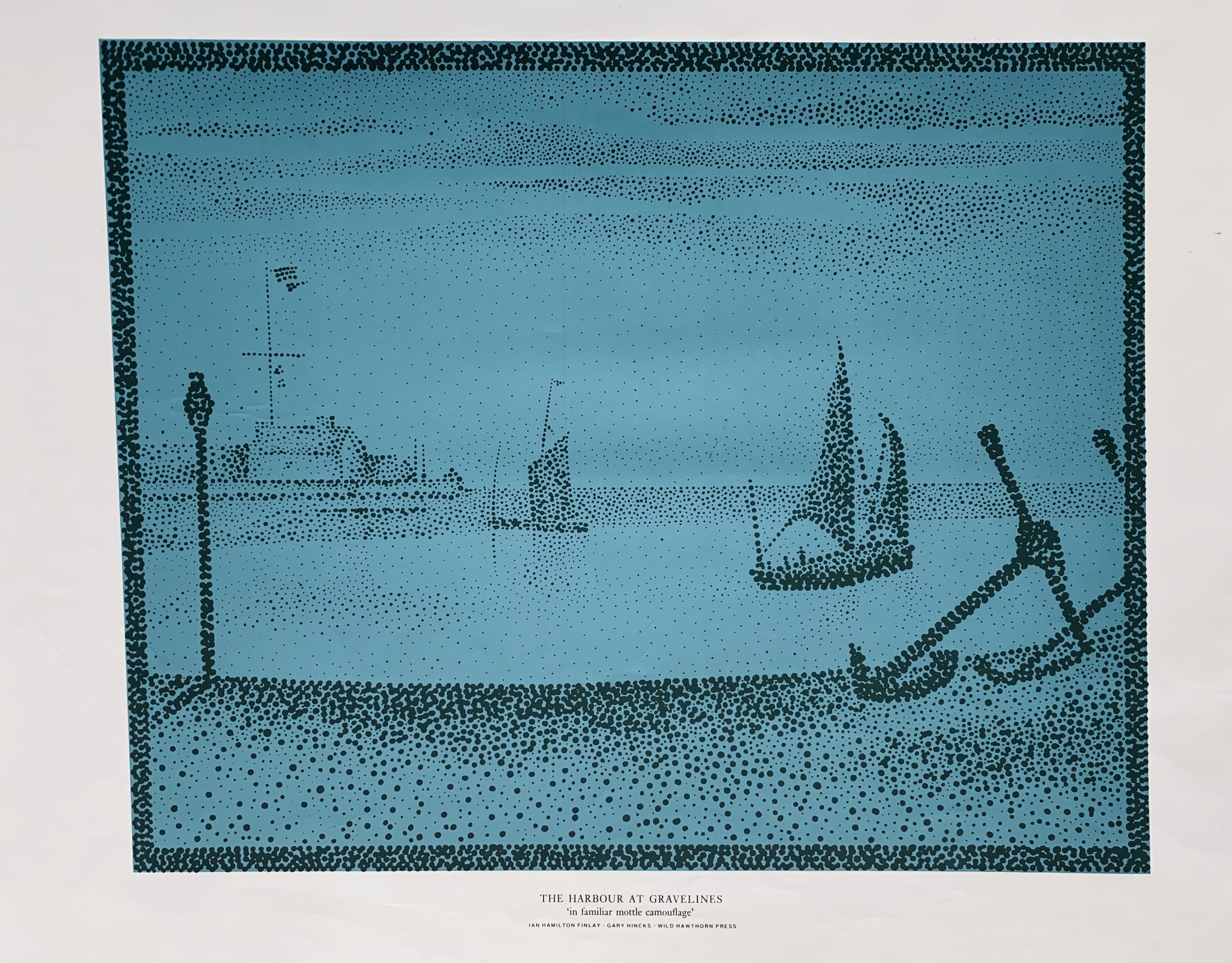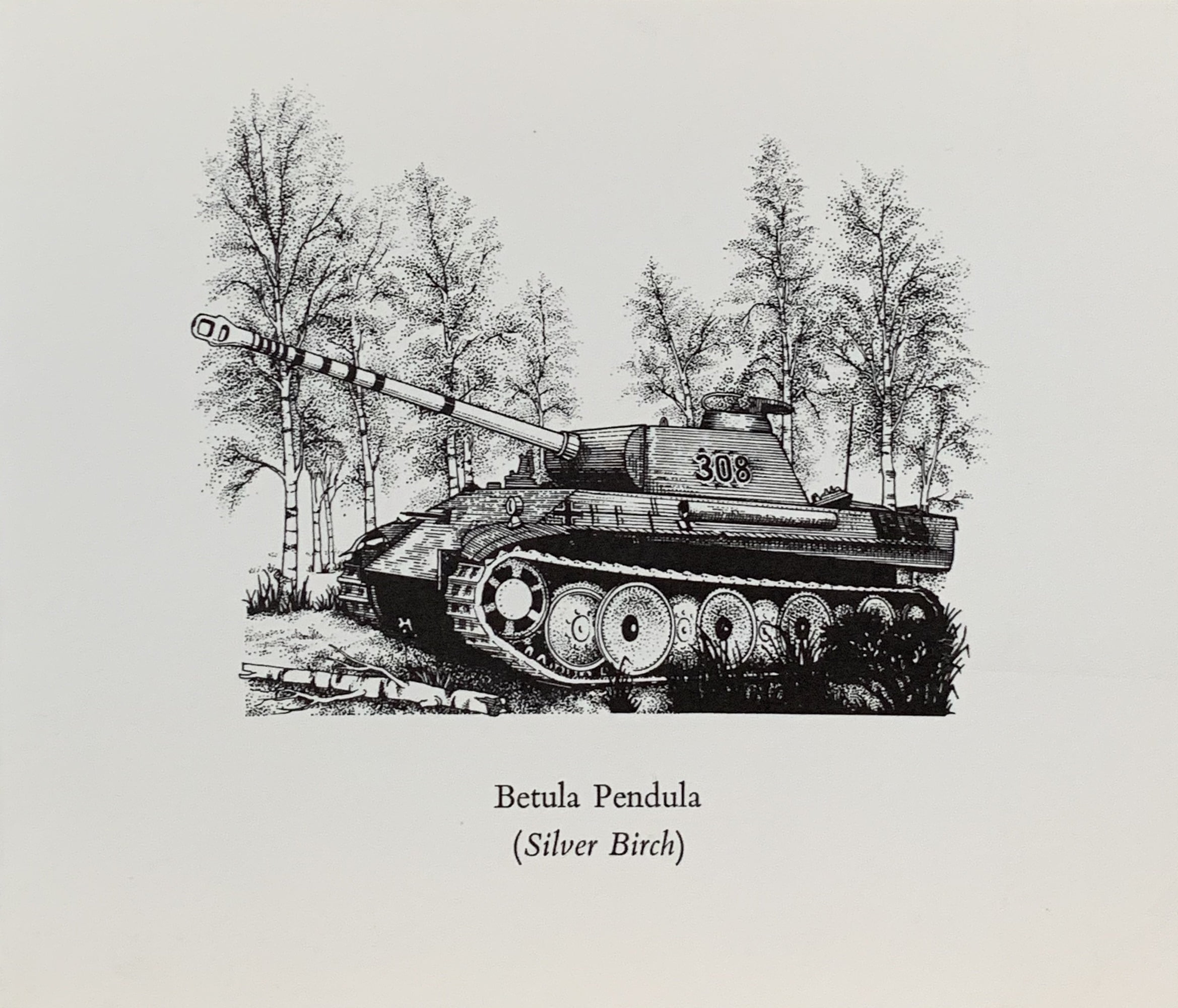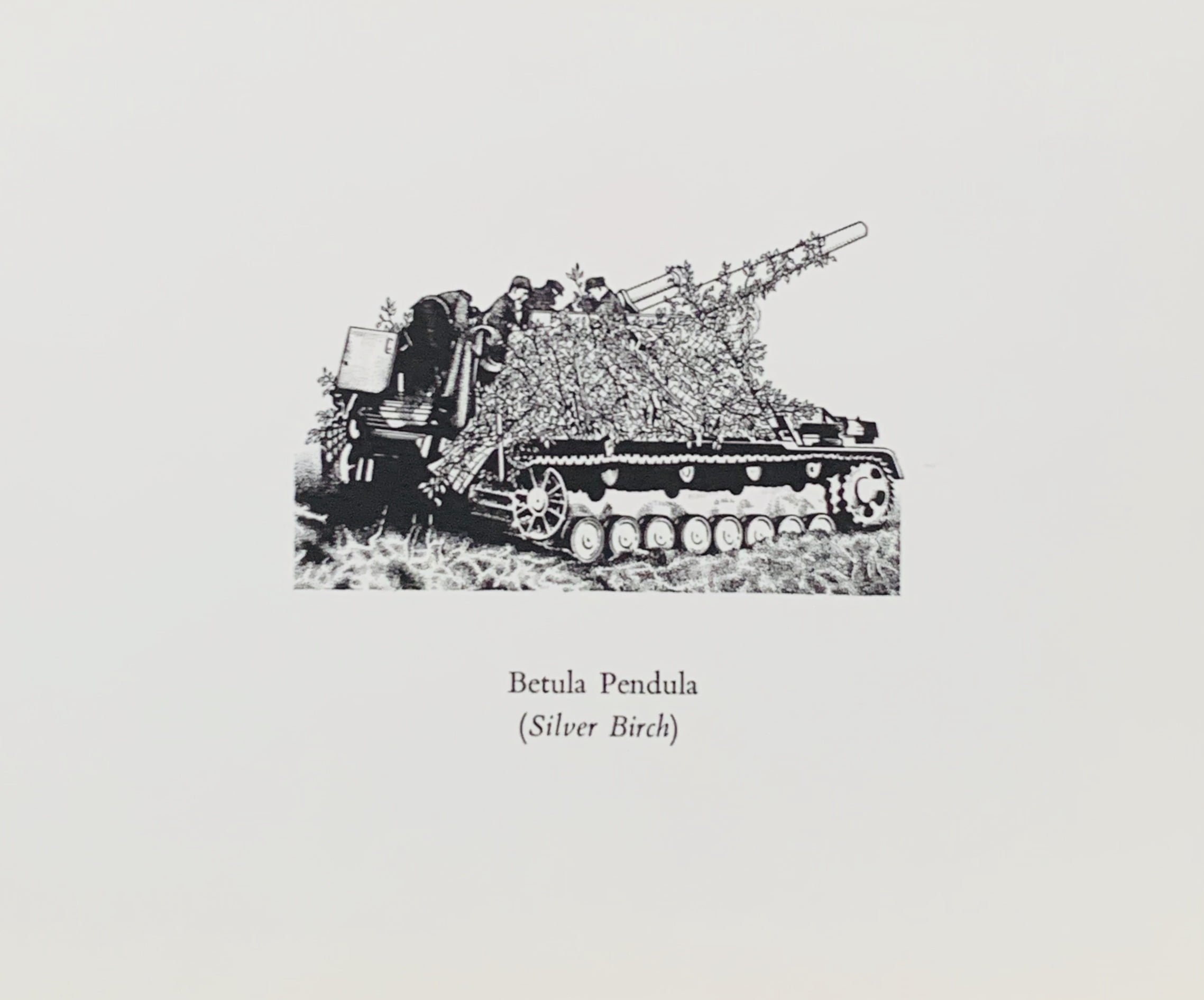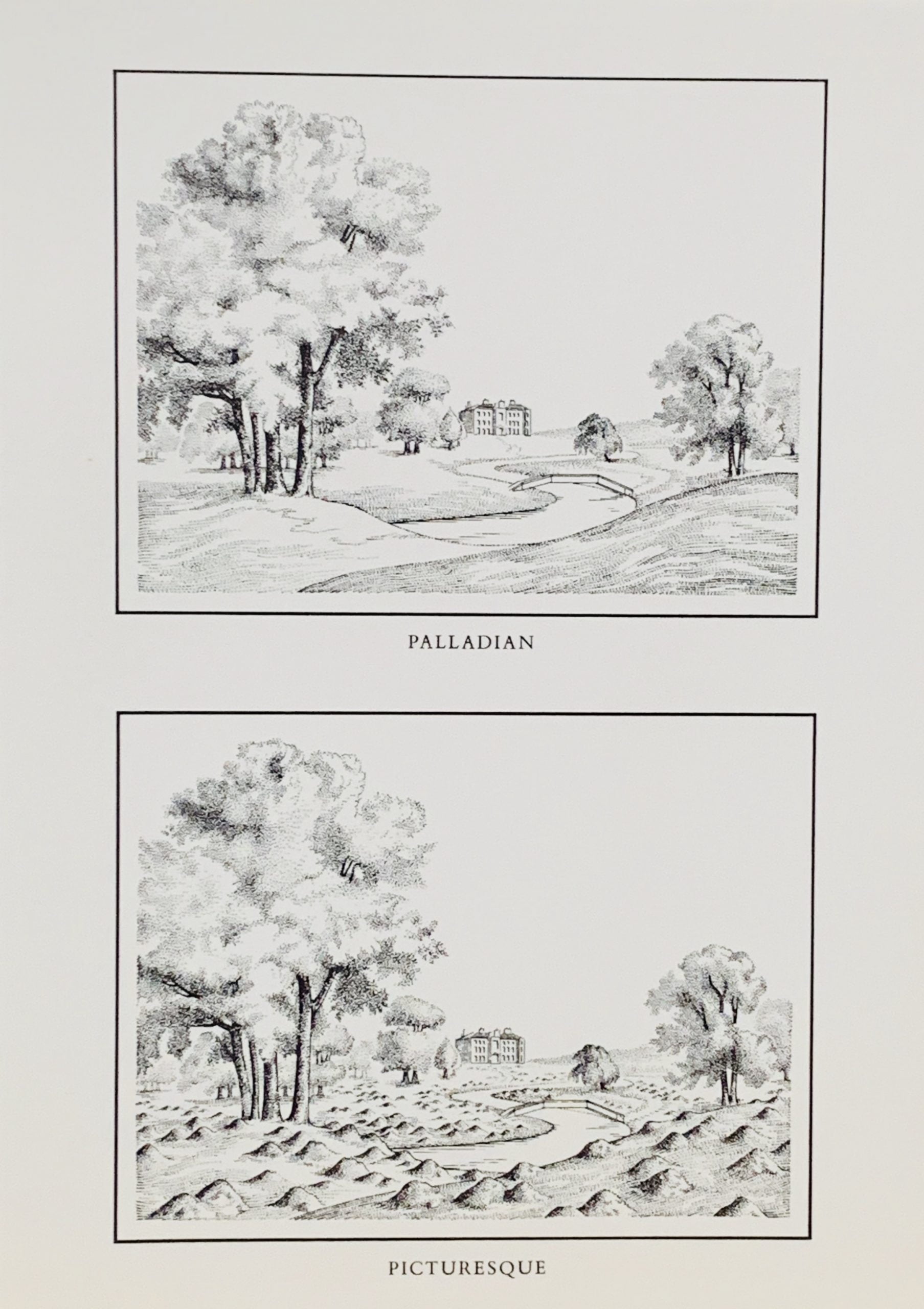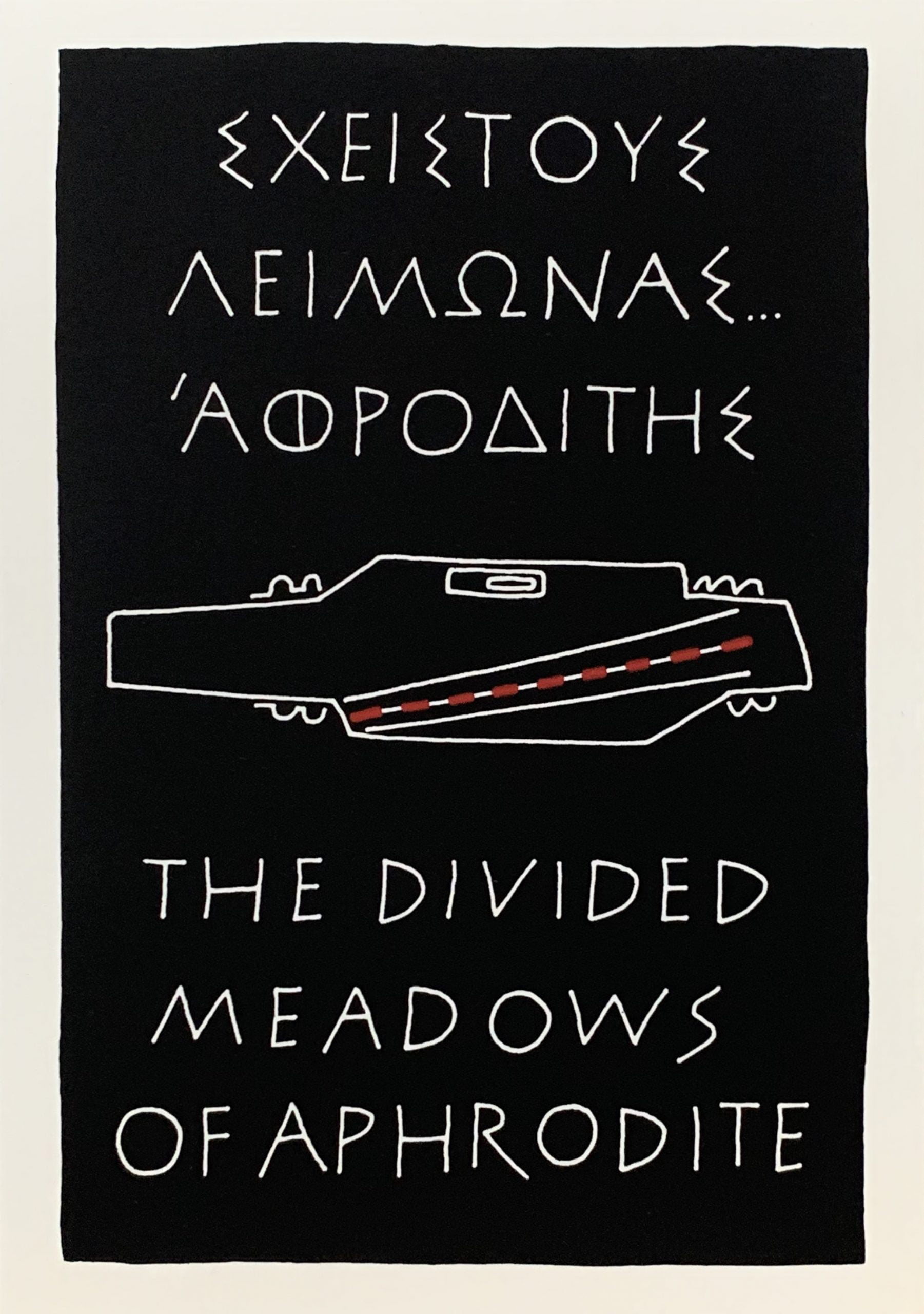15 Oct HANDLEY PAGE HEYFORD. 1978.
Dunsyre: Wild Hawthorn Press, 1978
16.7 x 12.8cm, 2pp. Two drawings by Hincks of the Handley Page Heyford bomber (which was in service in the 1930s in the UK) and an English Hay-Barge are placed one above each other to create an equivalence. As well as the names being similar there are aspects of both which share a shape - the bomber is very long and has a flat base, and barges by definition tend to have flat bottoms to allow access in shallower rivers. Hincks drawings also use hatching on the hay piled up on the deck, the sails of the boat and fuselage of the plane to again emphasis similarities (and the landscape seen below the plane is also undulating much like the sea under the barge.
...

